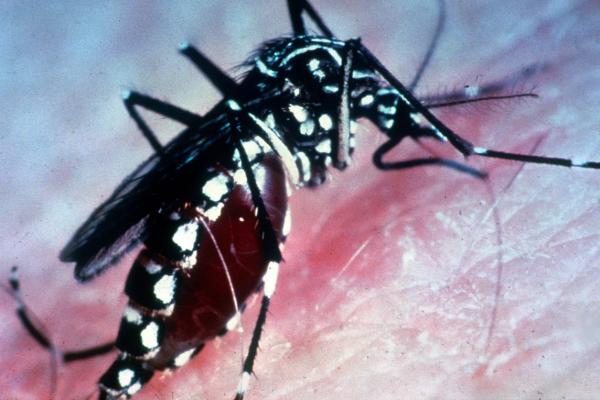
DECATUR, Ga., Feb. 26 (UPI) — In an effort to more quickly identify and stop burgeoning epidemics, researchers at Emory University are sifting through the hidden patterns of disease outbreak.
Gonzalo Vazquez-Prokopec, disease ecologist at Emory, says current disease surveillance focuses too heavily on those who exhibit symptoms and not enough on those who carry and spread the disease but who are asymptomatic.
Asymptomatic travelers may play a significant role in kick-starting epidemics, acting as “super spreaders.”
“There is a gradient in the manifestation of disease, from no symptoms at all to death,” Vazquez-Prokopec explained in a press release. “And during an epidemic of mosquito-borne disease, that spectrum of disease manifestation is coupled with variable factors such as the movement of people and mosquitoes and whether individual people are more attractive to the mosquitoes and get bitten more often.”
The term super spreader is based on the theory that just 20 percent of the population facilitates 80 percent of disease transmission during an epidemic. Those 20 percent are the super spreaders, but what makes someone a super spreader isn’t entirely clear, and likely changes depending on the parameters of the outbreak.
“We don’t know the variations that combine to make someone a super spreader,” Vazquez-Prokopec said. “We need to determine if each variable is just noise or is contributing to transmission in a predictable way, so that we can target interventions that have more impact.”
Currently, epidemic models focus on single sources of transmission — individuals, locations or reservoir hosts. These are called transmission heterogeneity.
Vazquez-Prokopec thinks it’s time for disease surveillance scientists to develop more complex analytical models — like using spatial analysis to identify asymptomatic super spreaders. He wants to explore the relationships among heterogeneity sources in order to uncover nonlinear paths of disease transmission.
“Targeting epidemiologically relevant couplings can lead to more impactful control interventions,” wrote in a new paper on the subject, published in the journal Trends in Parasitology.
Vazquez-Prokopec’s current work is focused on dengue, but other diseases like Zika and chikungunya are spread by the same mosquito species. His findings could have broader implications.
“The wealth of data that we’ve collected for dengue, combining the components of humans, pathogens, mosquitos and the environment, is giving us a detailed picture of the complexity of disease transmission across an urban landscape in the developing world,” Vazquez-Prokopec added. “This information is important because Latin America is more than 80 percent urban and the Aedes aegypti mosquito is in every town.”





